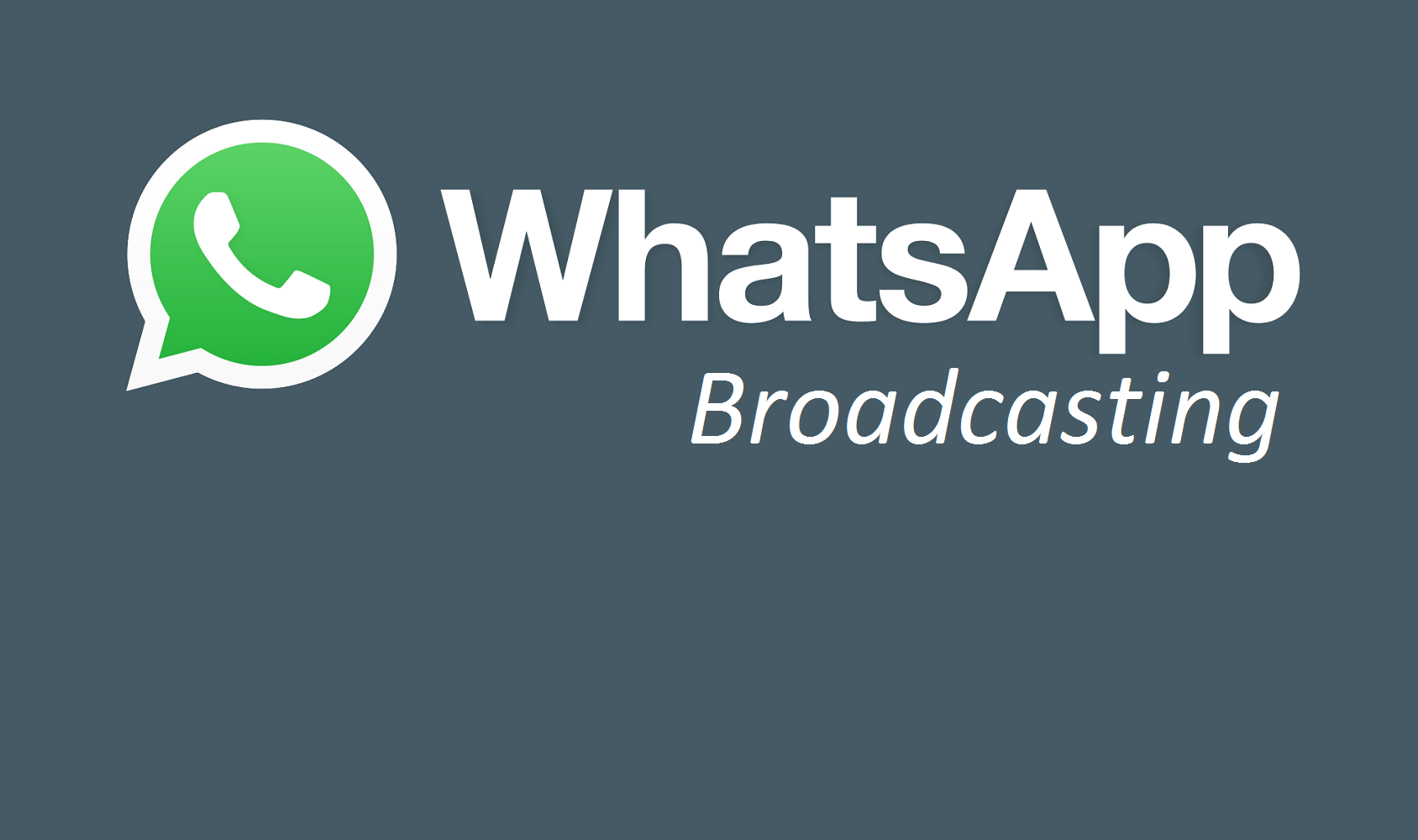
Do not let WhatsApp’s rules stop you from making use of its features. The spammers are the target of these traps. No problems should arise if you follow the rules and treat others with respect.
- Ask for permission to opt in
- WhatsApp newsletters can be customized to your liking
- Send campaigns that of high-quality
- Create a multichannel experience
- Make use of well-established design patterns
-
Ask for permission to opt in
WhatsApp newsletters, like email newsletters, necessitate the consent of the recipients. Signup forms, email CTAs, QR codes on printed materials, Facebook ads, and CTA buttons are just a few ways to collect this information from your audience.
Combining this checkbox with the one for marketing emails is against GDPR regulations because they represent different channels. That would be even better if WhatsApp had separate checkboxes for marketing and transactional updates
-
WhatsApp newsletters can be customized to your liking
To make each message more personal and less likely to be seen as spam, you can use segmentation and dynamic personalization to personalize each message, even if it is sent to a large group of people.
You can use the available customer data to create sublists and send a few WhatsApp newsletters with customized content by integrating the WhatsApp API with CRM tools.
-
Send campaigns that of high-quality
WhatsApp broadcasts that are relevant and timely are always welcomed by customers because they enhance their overall experience. People won’t mind them as long as they’re helpful and don’t get in the way. When your engagement rate is consistently high, you’ll be able to send more messages.
-
Create a multichannel experience
When used in conjunction with other channels, WhatsApp broadcasts improve the customer experience (email, SMS, chat, web push notifications, and so on).
Diverse channels of communication are necessitated by varying communication needs. With live chat on your website, you can help a potential customer with their first purchase.
When a customer attempts to click away from the site, a push notification or an email can be sent to let them know their cart has been abandoned. Alerts and offers that need to be delivered quickly should be sent directly to a mobile device that everyone frequently checks while on the go.
-
Make use of well-established design patterns
You don’t have to ask each time you want to use a template that has been approved (assuming you do not modify it). If you need to send a technical issue alert, for example, you can save time by doing this.